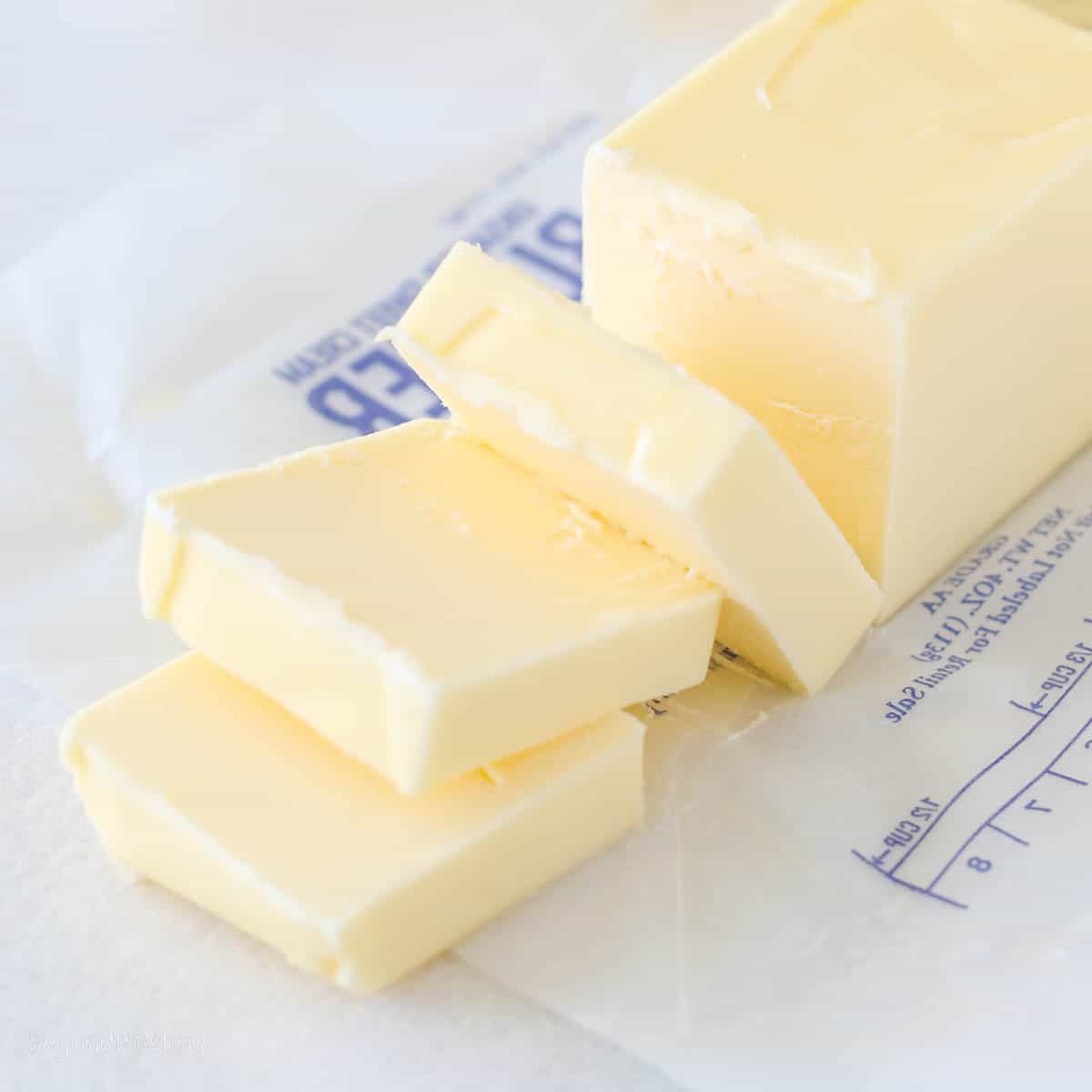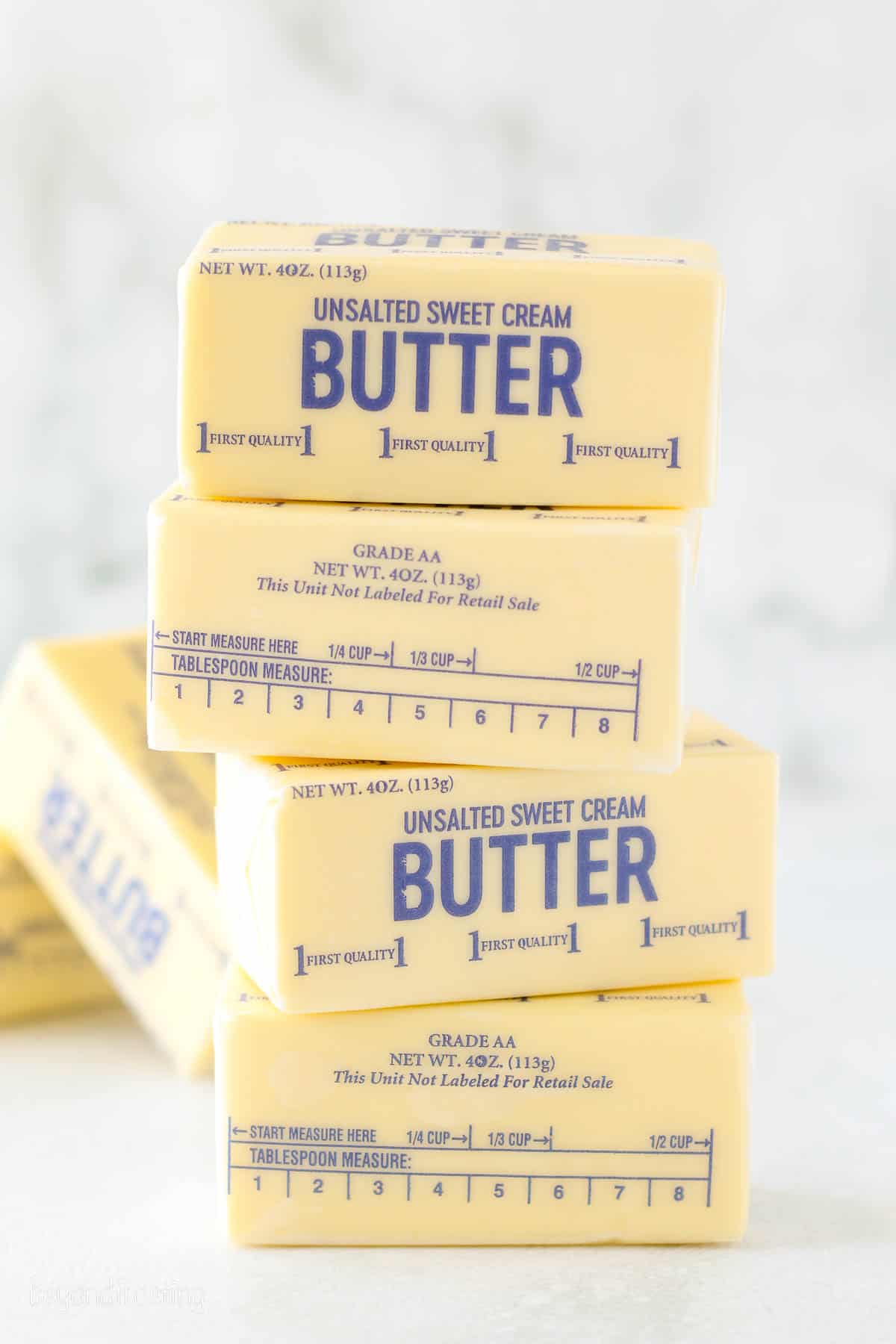Understanding butter measurements is essential for every home cook and professional chef. Whether you're baking a cake, preparing a savory dish, or simply trying to follow a recipe, knowing how to convert butter measurements accurately can make all the difference. One common question that arises is, "1/3 stick of butter is how many tablespoons?" This article will provide a detailed explanation to help you confidently navigate butter conversions in your cooking adventures.
Butter is a staple ingredient in countless recipes, and its measurement can vary depending on the region or the recipe's origin. In the United States, butter is often sold in sticks, but recipes may call for tablespoons or other units of measurement. This discrepancy can cause confusion, especially when precision is key to achieving the desired result. Understanding how to convert between sticks and tablespoons will not only enhance your cooking skills but also save you time and effort in the kitchen.
In this article, we will explore the topic of butter measurements in depth. From understanding the standard sizes of butter sticks to breaking down the math behind conversions, we will cover everything you need to know. Additionally, we will provide practical tips, helpful charts, and answers to frequently asked questions to ensure you have all the tools necessary to succeed in your culinary endeavors.
Read also:Jameliz Av The Ultimate Guide To Understanding Her Impact And Influence
Table of Contents
Understanding Butter Measurements
Butter is measured differently depending on the region and the type of packaging. In the United States, butter is commonly sold in sticks, while in many other countries, it is sold by weight, such as grams or ounces. Understanding these differences is crucial for accurate conversions and successful recipe execution.
Why Accurate Measurements Matter
Accurate measurements are vital in cooking and baking because even small discrepancies can affect the texture, flavor, and overall success of a dish. For example, adding too much butter can make cookies overly greasy, while using too little can result in a dry texture. Knowing how to convert between sticks and tablespoons ensures that your recipes turn out as intended.
Common Units of Butter Measurement
Here are some of the most common units used to measure butter:
- Sticks (common in the U.S.)
- Tablespoons
- Cups
- Ounces
- Grams
Standard Sizes of Butter Sticks
In the United States, butter is typically sold in one-pound packages, which contain four sticks. Each stick is 1/4 pound, or 1/2 cup, in volume. Understanding the standard sizes of butter sticks is the first step in mastering butter conversions.
Dimensions and Volume of a Standard Stick
A standard stick of butter in the U.S. measures:
- 1/2 cup in volume
- 1/4 pound in weight
- 8 tablespoons
Variations in Butter Stick Sizes
While the standard stick size is widely used, some brands may offer smaller or larger sticks. For example, European butter is often sold in blocks rather than sticks, requiring additional conversions. Always check the packaging for accurate measurements.
Read also:Exploring Wbery A Comprehensive Guide To Its Features Benefits And Applications
How to Convert Sticks to Tablespoons
Converting sticks of butter to tablespoons is a straightforward process. Since one standard stick of butter equals 8 tablespoons, you can use simple math to determine the equivalent tablespoons for any fraction of a stick.
Step-by-Step Conversion Guide
To convert 1/3 stick of butter to tablespoons:
- Start with the fact that 1 stick equals 8 tablespoons.
- Multiply 8 by 1/3: 8 x 1/3 = 2.67 tablespoons.
- Round to the nearest practical measurement: approximately 2 2/3 tablespoons.
Using a Conversion Chart
A conversion chart can simplify the process. Here's a quick reference for common butter measurements:
- 1 stick = 8 tablespoons
- 1/2 stick = 4 tablespoons
- 1/3 stick = 2 2/3 tablespoons
- 1/4 stick = 2 tablespoons
Practical Examples of Butter Conversions
Let's explore some practical examples to demonstrate how to apply butter conversions in real-life scenarios.
Example 1: Baking a Cake
If a cake recipe calls for 1/3 stick of butter, you can measure out approximately 2 2/3 tablespoons. This ensures that your cake has the right amount of moisture and flavor.
Example 2: Making a Sauce
When preparing a sauce that requires 1/3 stick of butter, knowing the equivalent in tablespoons allows you to add the precise amount needed for a rich and creamy texture.
Common Butter Measurement Mistakes
Even experienced cooks can make mistakes when measuring butter. Here are some common errors to avoid:
Mistake 1: Ignoring Packaging Labels
Always check the packaging for the exact size of the butter stick. Assuming that all sticks are the same can lead to inaccurate measurements.
Mistake 2: Estimating Without a Measuring Tool
Estimating butter by eye can result in significant discrepancies. Use measuring spoons or a kitchen scale for precision.
Helpful Tools for Butter Conversions
Several tools can assist you in accurately measuring butter:
Measuring Spoons
Measuring spoons are essential for converting tablespoons and teaspoons. They provide precise measurements and are easy to use.
Kitchen Scale
A kitchen scale is particularly useful when working with butter sold by weight. It ensures accuracy, especially when dealing with non-standard stick sizes.
Regional Differences in Butter Packaging
Butter packaging varies significantly across regions, which can impact measurement conversions. Understanding these differences is essential for global recipes.
United States vs. Europe
In the U.S., butter is sold in sticks, while in Europe, it is often sold in blocks. European butter may also have a higher fat content, which can affect recipes.
Metric vs. Imperial Systems
Recipes in metric countries use grams and milliliters, while imperial countries use cups, tablespoons, and ounces. Converting between these systems requires careful attention to detail.
Frequently Asked Questions
Here are answers to some common questions about butter measurements:
What is the weight of 1/3 stick of butter?
1/3 stick of butter weighs approximately 1.33 ounces or 37.7 grams.
Can I substitute margarine for butter?
Yes, margarine can often be substituted for butter, but the texture and flavor may differ slightly. Always check the recipe for specific instructions.
Conclusion
Understanding butter measurements, such as "1/3 stick of butter is how many tablespoons," is a valuable skill for any cook or baker. By mastering the art of conversions, you can ensure that your recipes turn out perfectly every time. Whether you're following a U.S.-based recipe or adapting one from another region, the tips and tools provided in this article will help you achieve success in the kitchen.
We hope this guide has been helpful in clarifying butter measurements. If you found this article useful, please share it with your friends and family. For more cooking tips and tricks, explore our other articles and continue honing your culinary skills!

